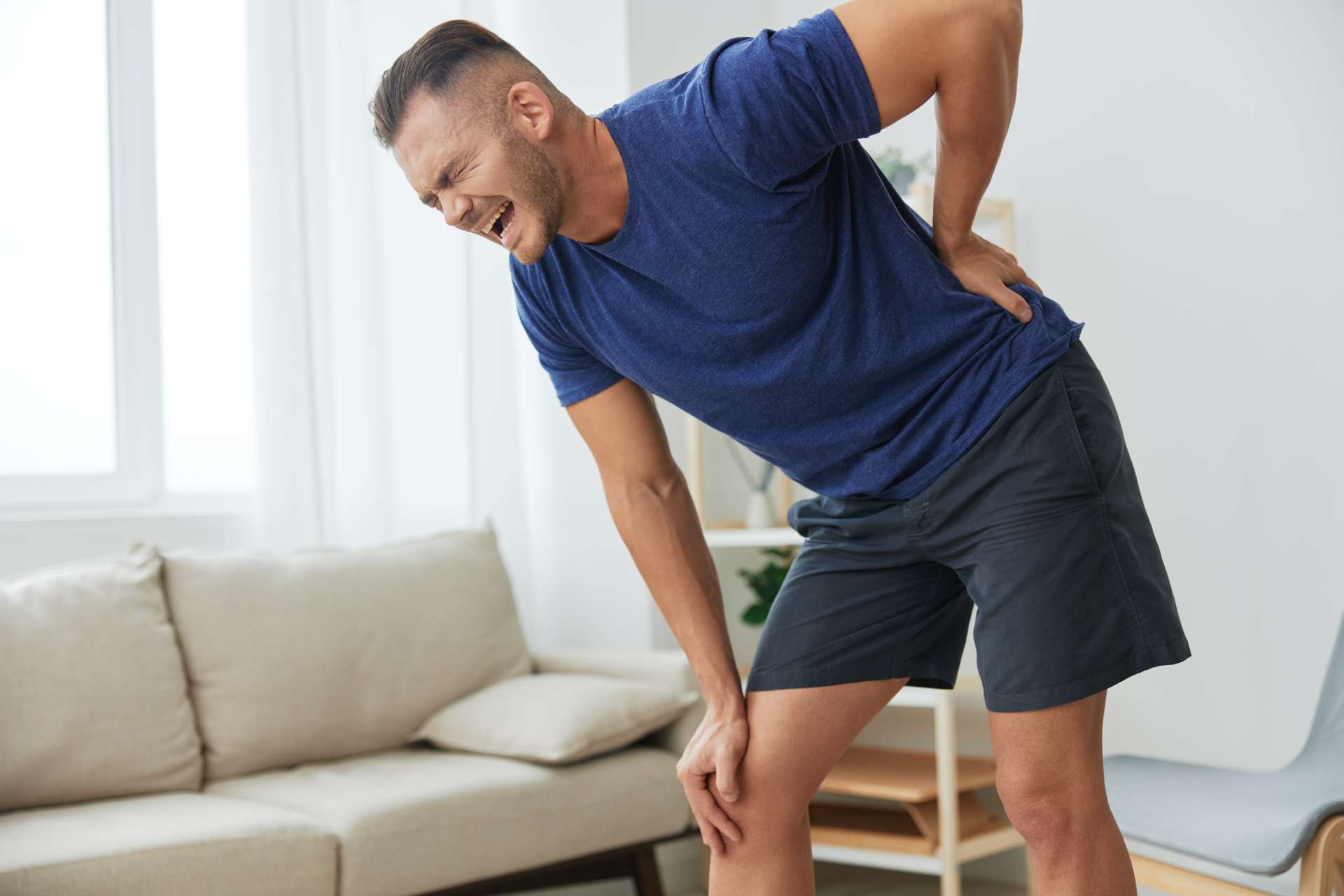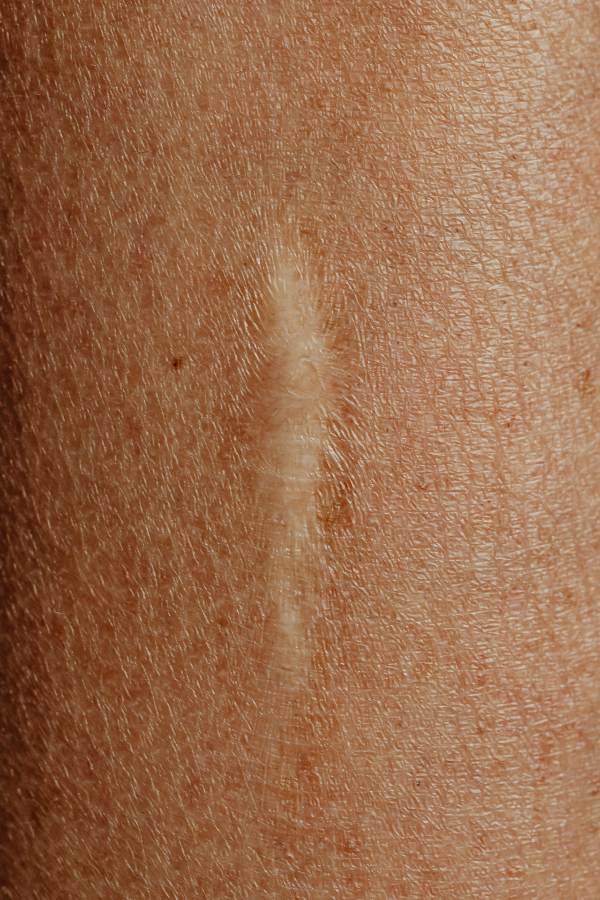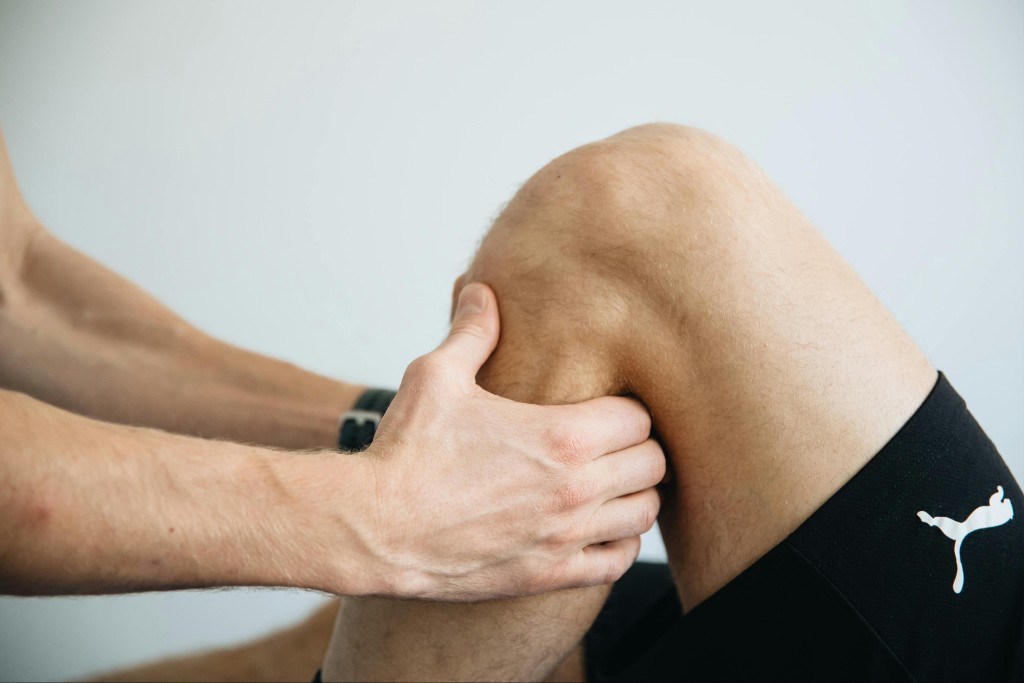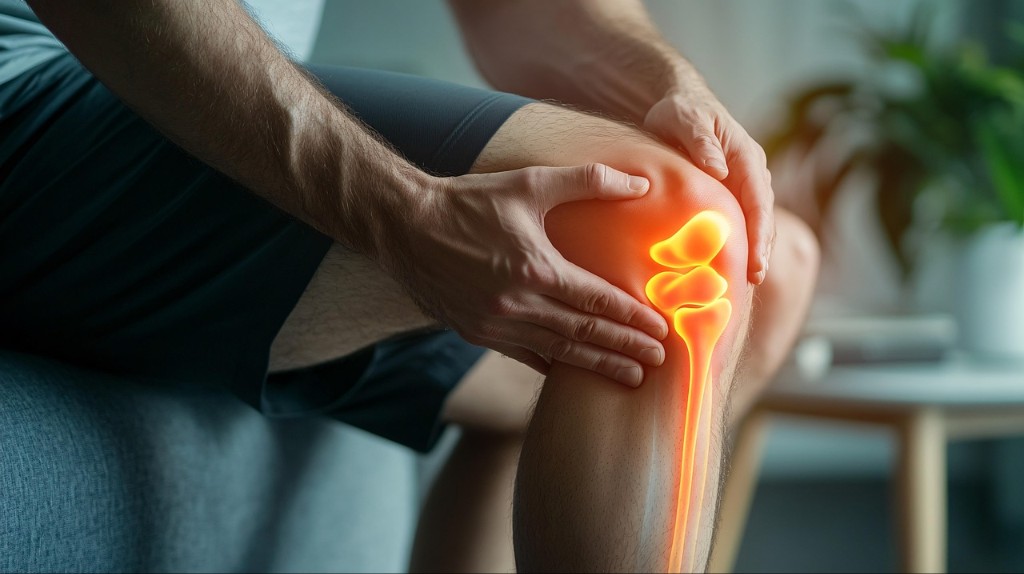Lower back and knee pain are more connected than many people realize. The body functions as an intricate network of muscles, bones, and nerves, and when one area is affected, other parts can suffer too. Lower back pain can often radiate down to the knees due to nerve compression, muscle imbalances, or poor posture. For example, if a nerve in the lower back becomes pinched or irritated, the pain can travel down the sciatic nerve, reaching the knee. Weakness in the muscles supporting the spine can also lead to improper posture, which places excess stress on the knees. This interconnected nature of the body is why it’s essential to treat both areas together, not in isolation.
Common Causes of Combined Back and Knee Pain
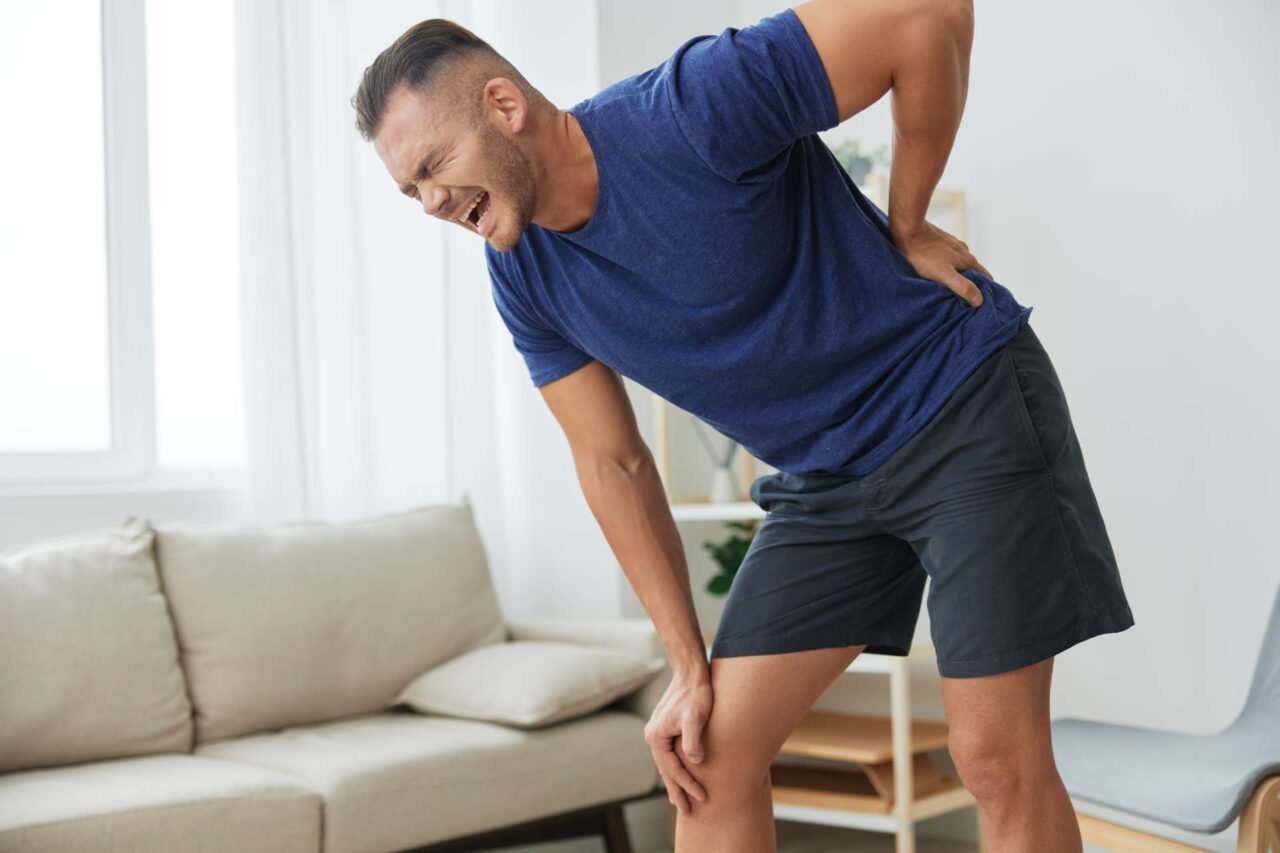
Pain in both the lower back and knees often stems from interconnected issues within the body. Various conditions can contribute to this discomfort, as the body works as a unit, and problems in one area can often affect another. Here are some of the most common causes of combined back and knee pain:
- Osteoarthritis: This degenerative joint disease leads to the breakdown of cartilage in the joints. As cartilage wears down in both the lower back and knees, it results in stiffness, inflammation, and pain in both areas. The joint damage in osteoarthritis can create ongoing discomfort and limit mobility.
- Sciatica: Sciatica occurs when the sciatic nerve, which runs from the lower back down through the legs, becomes compressed or irritated. This nerve compression typically leads to sharp, radiating pain that travels from the back to the knees. Sciatica can cause both shooting pain and numbness in the affected areas.
- Muscle Imbalances: Weak or tight muscles in the back can create improper posture, which puts extra stress on the knees. For example, weak core muscles fail to support the spine properly, leading to strain on the lower back, which often cascades into knee pain as the body compensates for the instability.
- Poor Posture: Prolonged sitting or standing with poor posture misaligns the spine and places excess pressure on the knees. When your posture is off, the body doesn’t distribute weight evenly, and the lower back and knees can bear an uneven load, leading to chronic pain in both areas.
- Disc Degeneration and Herniated Discs: As discs in the spine break down or become herniated, they can compress nearby nerves. This often results in referred pain, where discomfort in the lower back radiates to the knees, due to the interconnected nature of the nervous system. Studies show that these conditions often lead to significant discomfort in both regions.
Importance of a Holistic Approach to Lower Back and Knee Pain Treatment
Addressing both lower back and knee pain requires a holistic approach. Focusing on one area while neglecting the other can lead to compensatory habits that only worsen the pain over time. For instance, if knee pain causes you to walk differently, you may inadvertently put extra stress on your lower back. Correcting posture is an essential part of this approach, as it helps distribute weight evenly across the joints, reducing strain on both the back and knees. Strengthening the muscles that support the spine and knees also helps create a more stable foundation, ensuring that neither area is overworked. Taking a whole-body approach to treatment can prevent this cycle of compensation, offering long-term relief.
New Patient Special
Try SoftWave for just $69 at a clinic near you. No drugs. No surgery. Just relief.
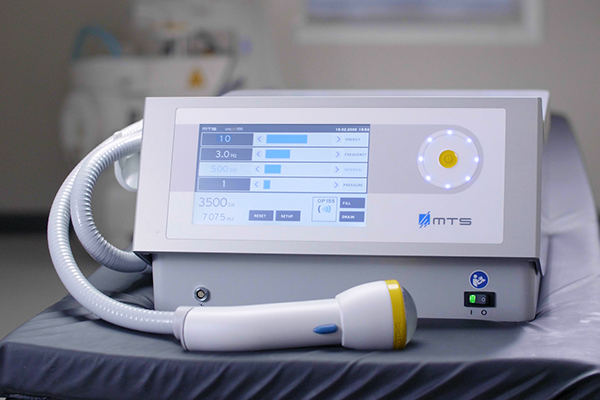
Lower Back and Knee Pain Treatment Options
There are several treatments available to address lower back and knee pain, each offering benefits to both areas. Let’s take a closer look at some of the most common options.
Physical Therapy
Physical therapy is one of the most effective treatments for pain in both the lower back and knees. Therapists focus on exercises that strengthen muscles around the spine and knees, improving flexibility and stability. Strengthening exercises target the core and lower extremities, which play a crucial role in supporting both the back and knees. With regular therapy, patients can correct muscle imbalances and learn proper movement patterns, which helps reduce pain and prevent further injury.
Medication
Medication, such as anti-inflammatories and pain relievers, is often prescribed to manage both back and knee pain. These medications can reduce swelling and relieve discomfort, making it easier for patients to move and participate in physical therapy. However, while medication can be helpful for short-term relief, it doesn’t address the underlying causes of pain. It’s important to use these medications in combination with other treatments for a more comprehensive approach.
Orthotics
Foot orthotics are another helpful tool in treating back and knee pain. Proper foot alignment plays a significant role in maintaining good posture and distributing weight evenly across the body. By improving the alignment of the feet, orthotics reduce stress on the knees and lower back, offering pain relief. Custom orthotics can be especially beneficial for people who suffer from chronic joint pain, as they provide long-term support and prevent further injury.
Bracing
Bracing is another option for stabilizing both the lower back and knees. A back brace can provide support to the spine, helping to alleviate pressure and reduce pain. Knee braces can offer similar benefits, particularly for patients who experience instability or weakness. Braces are especially helpful during physical activity, as they help keep the joints in proper alignment and prevent further damage.
Surgery
In severe cases, surgical intervention may be necessary. For patients with disc issues in the lower back or severe joint degeneration in the knees, surgery can provide lasting relief. Procedures such as disc removal or joint replacement can help alleviate pain and restore function when other treatments have not been successful. Surgery is usually considered a last resort, but it can be life-changing for patients suffering from chronic, debilitating pain.
SoftWave Therapy
SoftWave Therapy offers a unique and non-invasive approach to treating both lower back and knee pain. This innovative treatment uses low-intensity shockwaves to promote tissue regeneration and reduce pain. SoftWave Therapy has a wide treatment area, making it ideal for addressing pain in multiple locations at once. Patients with musculoskeletal conditions benefit from the therapy’s ability to modulate inflammation, increase blood flow, and stimulate the body’s natural healing process. Unlike medication or bracing, SoftWave Therapy targets the root causes of pain, offering longer-lasting results without the need for surgery. Many patients have found relief with this advanced technology, regaining mobility and significantly reducing their pain levels.
Learn more about Shockwave Therapy for Knee Pain
Preventing the Recurrence of Lower Back and Knee Pain

To prevent lower back and knee pain from recurring, consistent care and attention to your body’s needs are essential. Making simple but effective lifestyle changes can greatly reduce strain on both areas, helping you stay pain-free. Here are some key strategies to consider:
- Maintain Good Posture: Proper posture throughout the day helps to distribute weight evenly and reduces strain on both the back and knees. Whether sitting or standing, maintaining alignment can prevent unnecessary pressure on your joints.
- Engage in Low-Impact Exercises: Activities such as swimming, walking, or cycling are excellent ways to strengthen the muscles that support the spine and knees without adding stress. Regular exercise can improve flexibility and stability, which are critical for preventing pain.
- Manage Your Weight: Carrying extra weight increases the load on your spine and knees, making pain more likely to return. Maintaining a healthy weight helps reduce the pressure on both areas, allowing for greater mobility and comfort.
- Regular Check-ins with a Healthcare Professional: Periodic visits to a healthcare provider can help monitor your progress and catch any potential issues early. A professional can also offer a personalized treatment plan tailored to your specific needs, ensuring long-term relief.
These small adjustments, when combined, can protect your back and knees from further strain. It’s always important to consult a healthcare provider to explore treatment options that suit your individual condition, helping you stay pain-free in the future.
The Best Shockwave Therapy for Back Pain & Knee Pain
Are you looking for safe, reliable, and effective relief from back pain and knee pain?
SoftWave therapy is FDA-cleared, patented, and nationally recognized for its leading tissue regeneration technology. Unlike other types of high-energy shockwave treatments, SoftWave is the only shockwave therapy on the market that uses true broad-focused shock waves that treat larger and deeper areas of tissue.
Thousands of patients have experienced the benefits of SoftWave for knee pain, including:
- Little to no side effects
- Short treatment time
- Quick recovery
- Long-lasting results
Find a SoftWave Therapy provider near you or learn more about SoftWave and whether or not you’re eligible for full treatment today!
Disclaimer: The information provided in this blog is for educational and informational purposes only and is not intended as a substitute for professional medical advice, diagnosis, or treatment. The content provided in this blog should not be used to diagnose or treat any health problems or illnesses. Always consult with a qualified healthcare professional before making any changes to your healthcare routine or treatment plan.
New Patient Special
Try SoftWave for just $69 at a clinic near you and learn if you’re a candidate for full treatment


